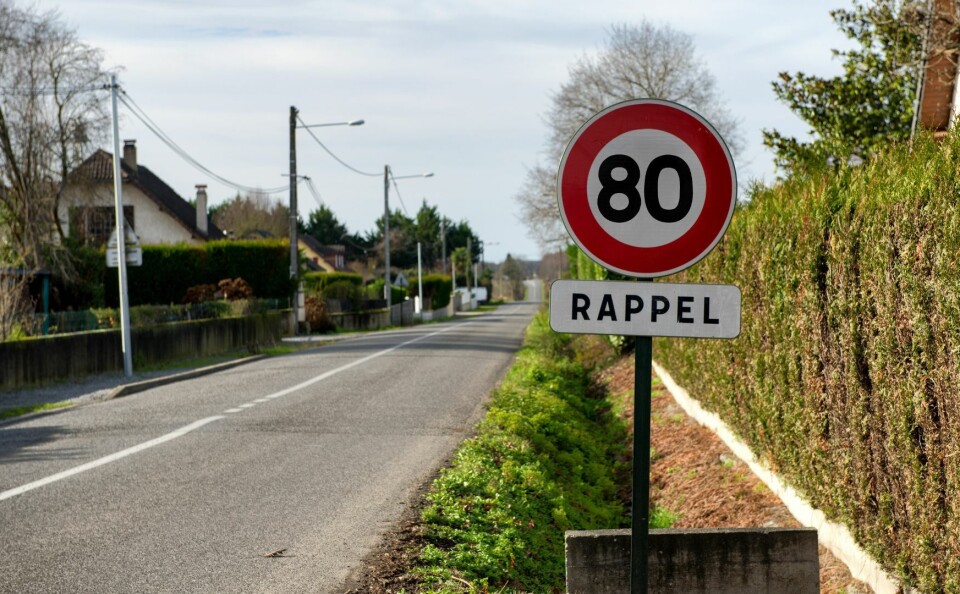-
Festivals, holidays and places to visit in France in April 2025
Including a gladiator battle in a Roman arena, an international garden festival and the Paris marathon
-
Strikes in France in April 2025 and how you may be impacted
Several strikes at the beginning of the month are taking place with a potential rail strike over the holidays
-
Many Société Générale customers to be charged additional fees from April
There is some good news for international banking and instant transfers, however
Speed limits switch back to 90km/h on more French roads
Ardèche is the latest area to raise limits from 80km/h on its secondary roads - we share a map of which departments have changed

[Update October 31 at 14:55 - The speed limit on some departmental roads in Yonne is set to return to 90km/h on November 7.]
Ardèche has become the seventh department to raise the speed limit from 80 to 90km/h on all of its departmental roads.
It means almost half of departments have now done so, either on all or some roads, four years after an 80km/h limit was controversially imposed nationwide on secondary roads, except dual carriageways, in June 2018.
In December 2019, after an outcry, departments were given the power to return to the original limit if they chose.
Read more: 80 or 90km/h? French speed limit changes continue to cause confusion

Seven departments have so far reverted back to 90km/h on secondary roads; Graphic: Le Monde
Car travel vital in rural Ardèche
Yonne will be raising the limit on 10% of its secondary roads later this year.
Olivier Amrane, president of the Ardèche department, told The Connexion: “We are fed-up with decisions being made unilaterally in Paris while rural departments are not consulted.”
His is the only department in mainland France to have neither a railway line nor a motorway.
“Around 90% of households in Ardèche have a car and 47% have two cars,” he said.
“We wanted to reaffirm the car’s place in rural departments like ours. Here, without a car, you can’t do the shopping or take your kids to school.”
The mountainous nature of the region makes cycling more difficult.
“To cycle to work, you’d have to be a very good climber,” Mr Amrane joked.
Higher speed limit did not reduce accidents in Ardèche
The 172 zones in Ardèche where speed limits are 70km/h due to the high number of accidents will not change.
Mr Amrane said reduced limits elsewhere had not resulted in fewer accidents.
“There were 20 deaths in 2017, and the same number in 2020. Of the 20, most were driving very fast, over 100km/h.”
Research shows mortality and CO2 emissions did drop
France’s road safety agency maintains that the reduction is effective.
In 2021, the number of people killed on roads outside of towns in the 38 departments which opted to return to 90km/h returned to the level recorded in 2019.
It said: “Mortality on these roads in departments which stayed at 80km/h was 16.3% lower than in 2019.”
The 80km/h limit also meant a reduction in CO2 emissions and fuel costs, while journey times increased by just one second per kilometre, according to a report by research agency Cerema.
Of the 378,834km of departmental roads, the limit has now returned to 90km/h across 53,000km, according to estimates from drivers’ association the Ligue de Défense des Conducteurs
Related articles
Why GPS apps will not always suggest the fastest route in France
Driving in France: new super-precise speed radars given go-ahead
How to avoid falling for new car registration scam in France
























